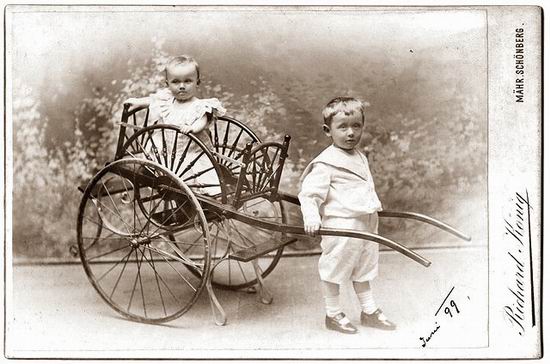
The opening image provides an understanding of why we post this fin-de-siècle children’s games series, found in Keb59’s St-Petersburg blog, after the previous post on child carriages. But these photos are also related, for example, to the “heads or tails” played in Siberia more or less at the same time. The sign board suggests that “head or tails” was here said “hlava nebo orel”, where the orel was of course not the Russian but the Hapsburg two-headed one.
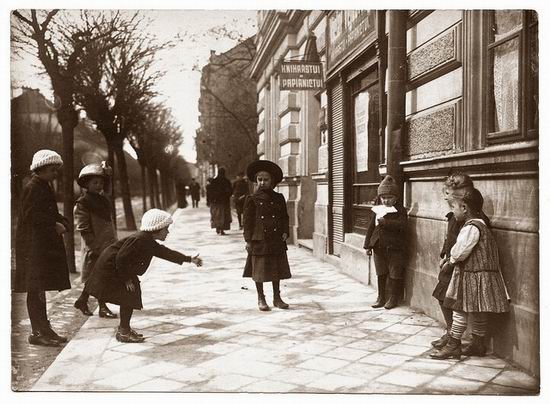
Some other games moving or at least giving the illusion of movement were also touched in the previous post or will be spoken about in another one that will soon follow.
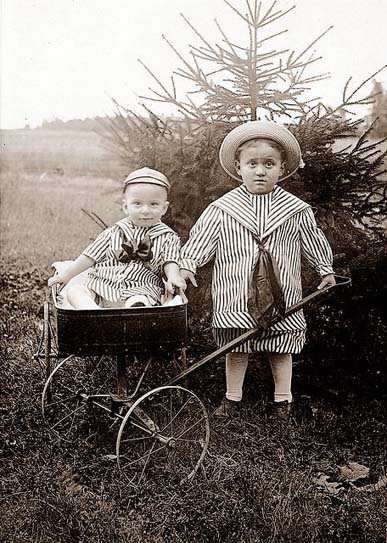
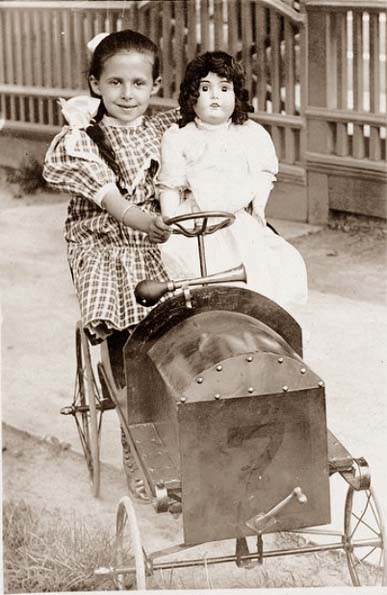

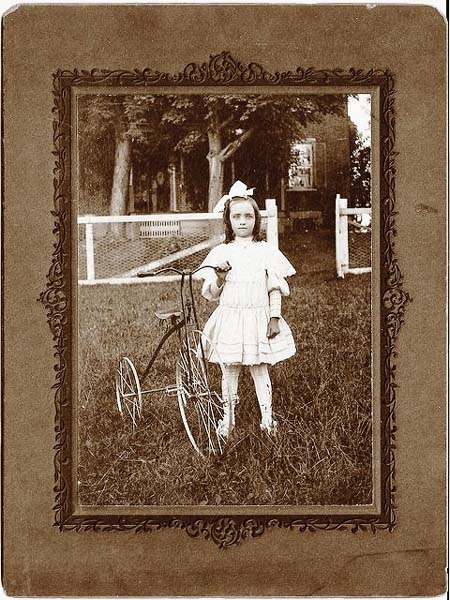
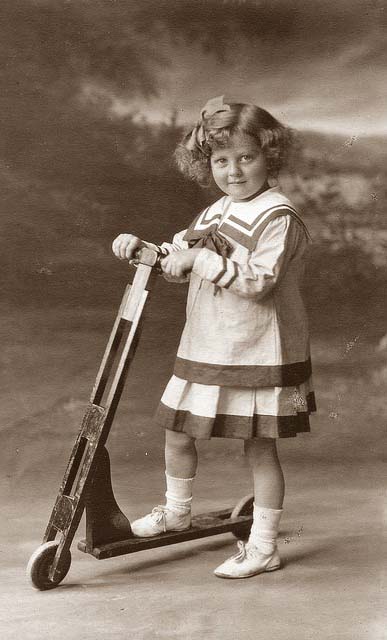
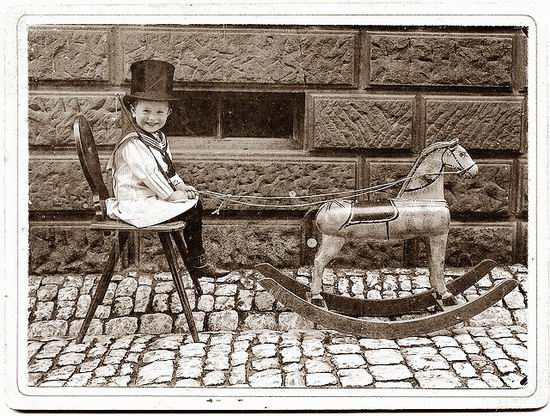

And the complete collection altogether is the early 20th-century counterpart of that post where we spoke about the Renaissance games of Brueghel and Gargantua, two hundred and fifteen by number. It would be interesting to compose these too into a large Children’s Games tableau like the one of Brueghel was.
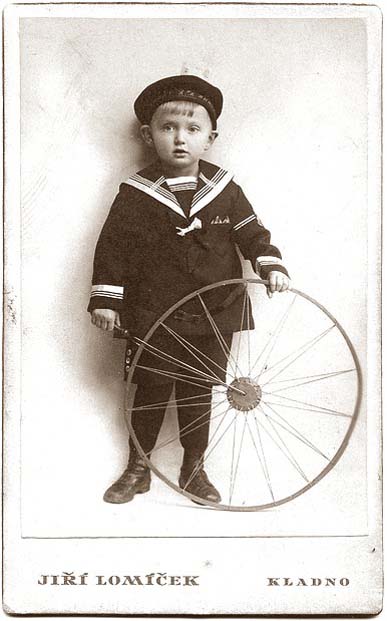
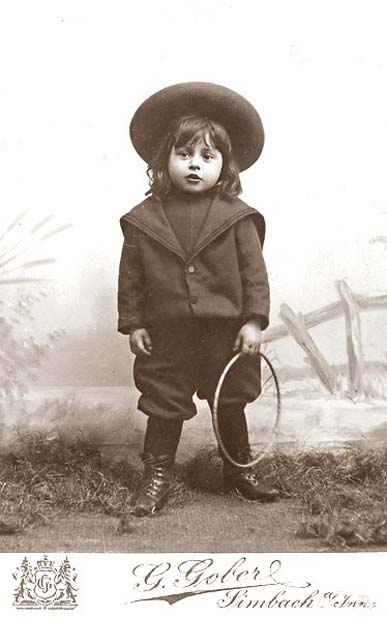
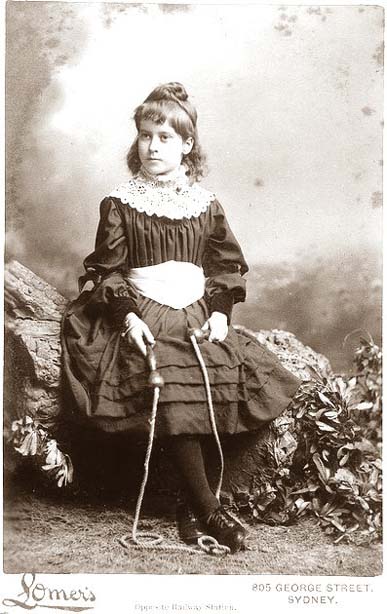
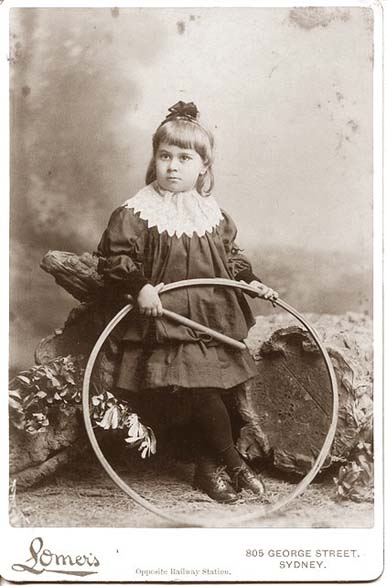
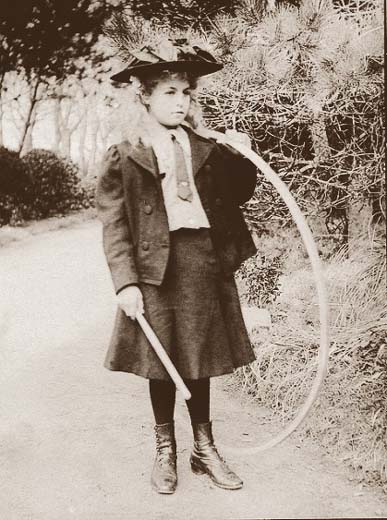
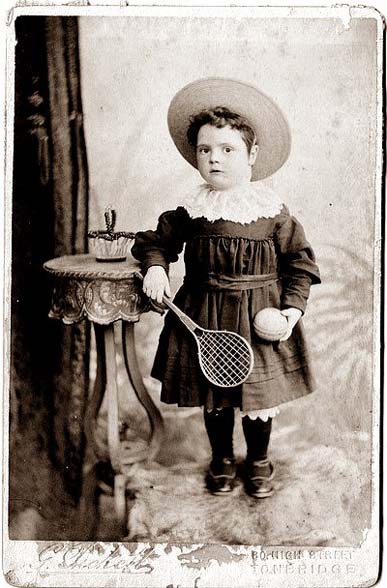
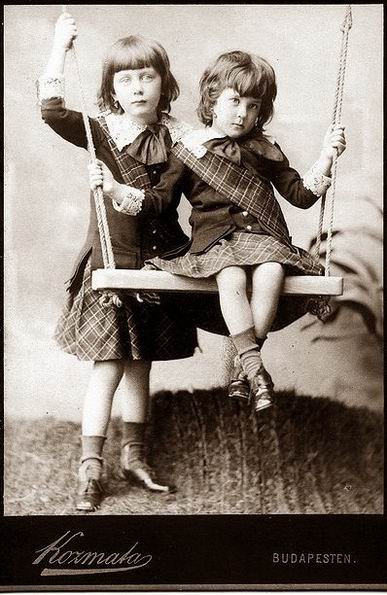
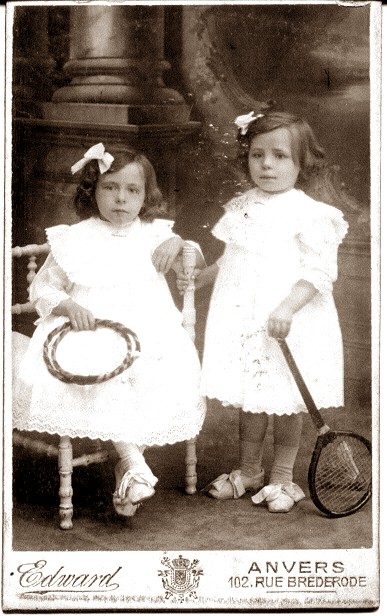

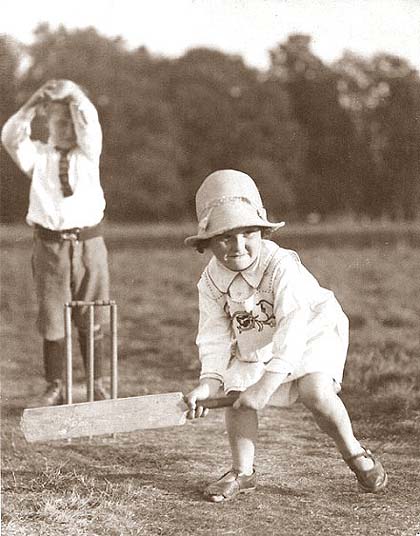
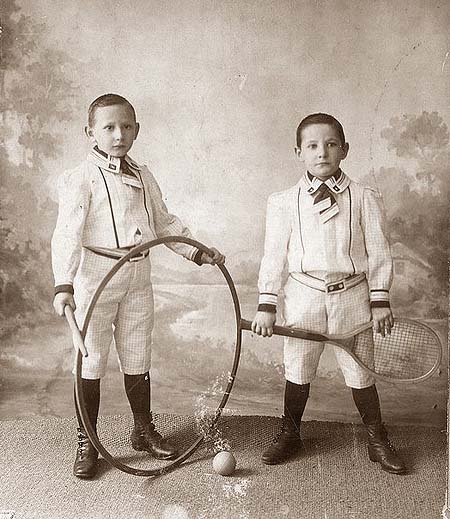
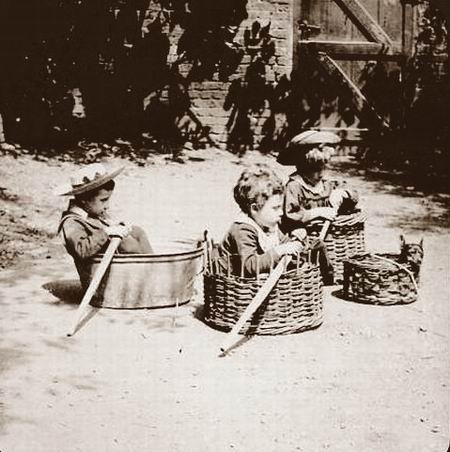
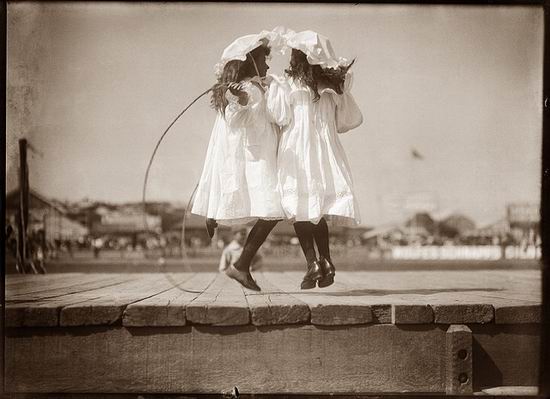
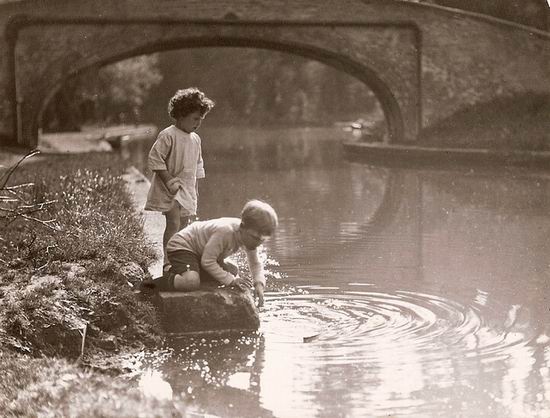
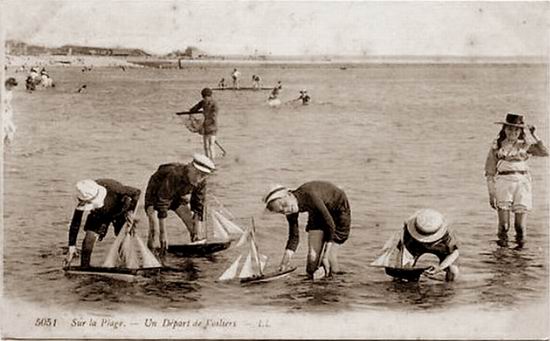
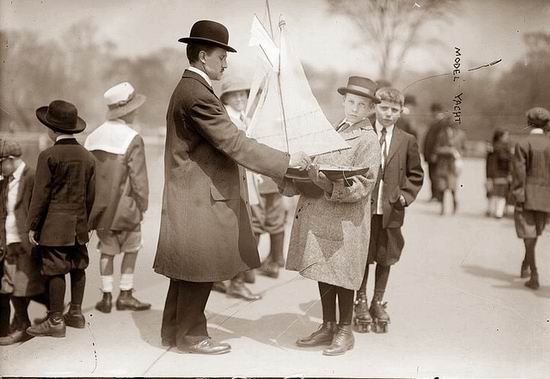
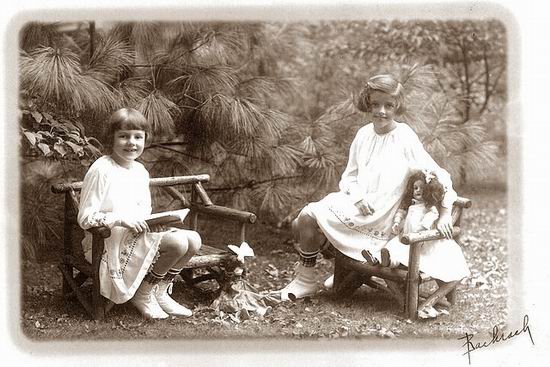
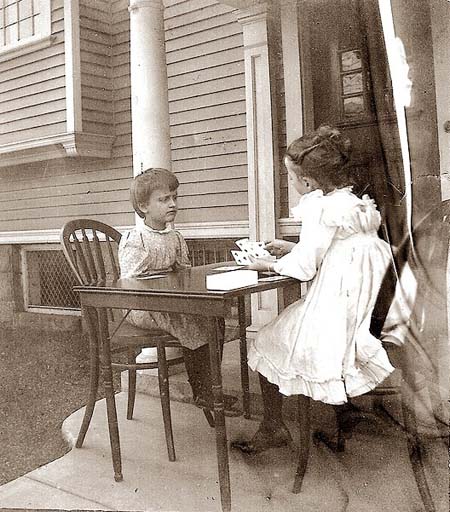
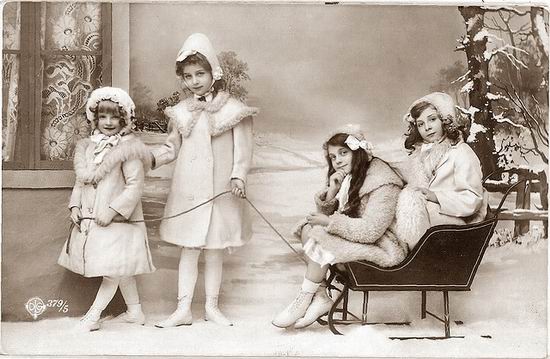

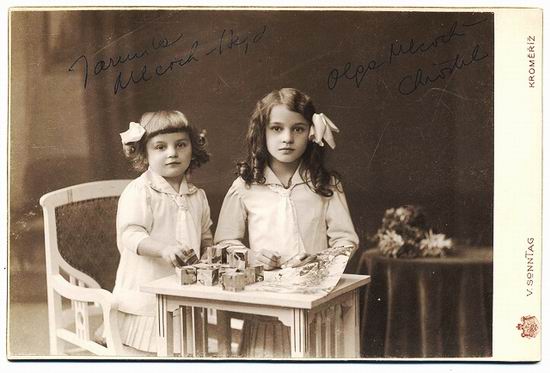
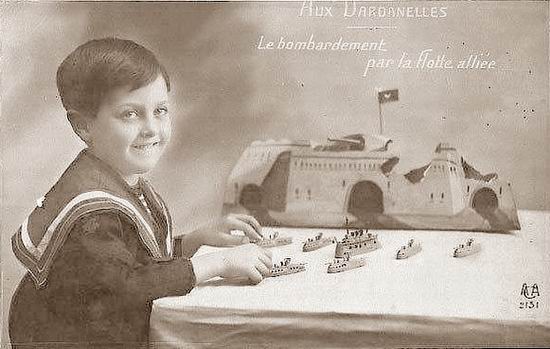
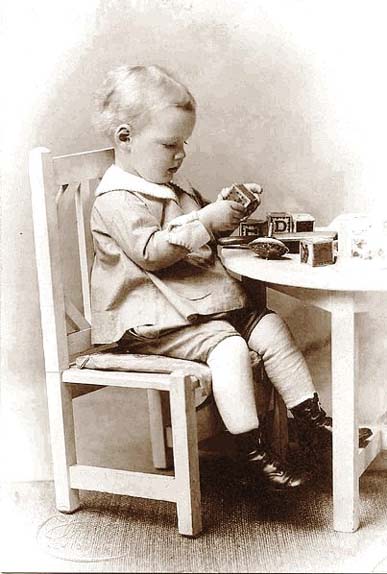
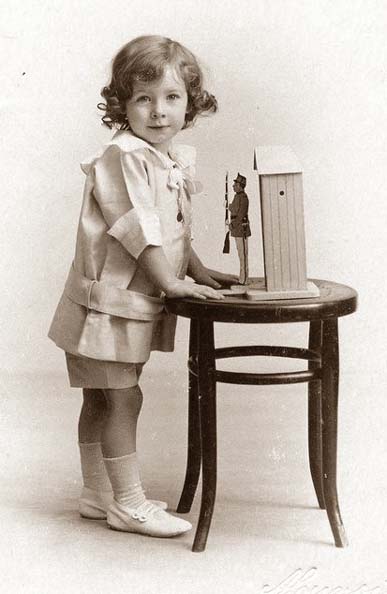

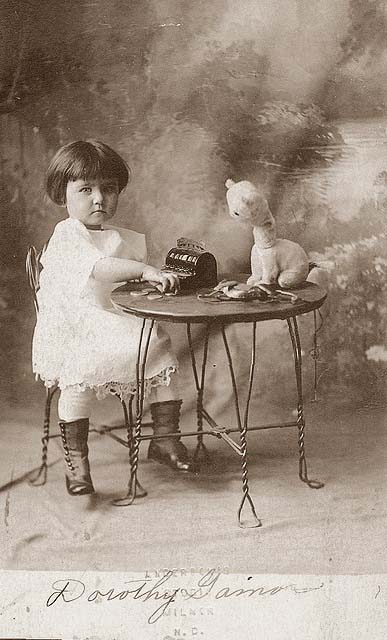

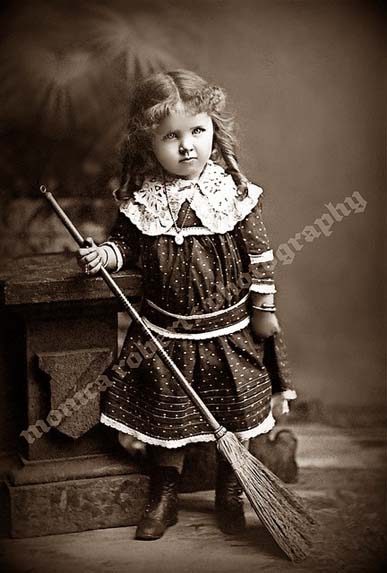
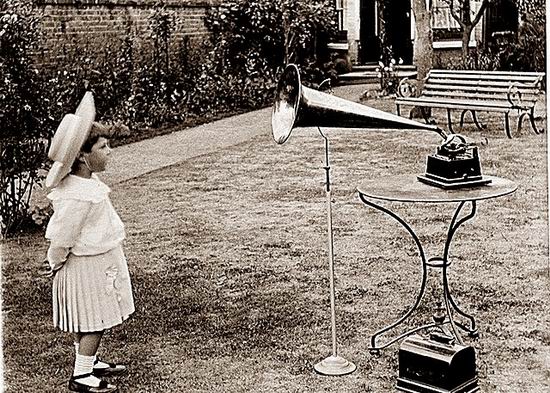
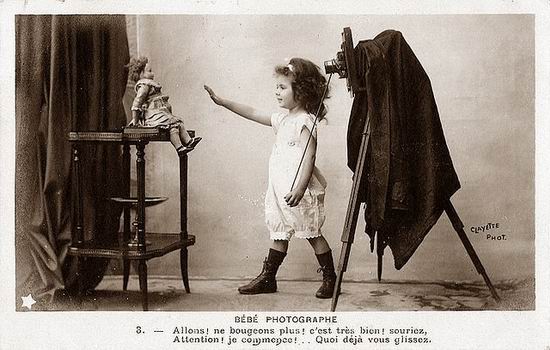
However, the hands of the realist artist of the turn of the century, of the photographer were bound by technique. Instead of a Brueghelian tableau on which we could watch the players together and one by one at the same time, he could record them only separately. The tableau is constructed in our heads.
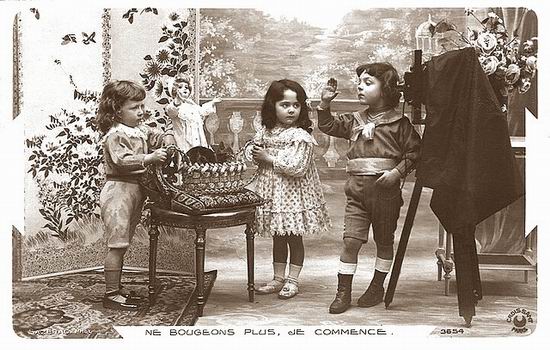

























































18 comentarios:
Wonderful indeed.
Thanks a lot. Check back soon!
Nice selection, Studiolum! Of course the photo studio toys and outfits must have been *much* fancier than in real life... not just the pace of the game much slower!
In any case ... do you have any old child games photos from Argentina? You see, my latest fascination has been with the history of La Payanca tango - and this payanca used to designate a gaucho's rope for trowing lassos hundred years ago, but somehow turned into a game with throwing pebbles or wooden blocks some 50 years later ... and then disappeared from the language altogether (more recently it was called tinenti). I never heard of this game before!
I’ve never heard of it either, but don’t worry, after a fast search I see that most Argentines do not know it. Only elder people remember of having played it themselves. Here is a detailed description with a charming modern photo, and herea shorter one, but with one good vintage photo (unfortunately a very small one). I will keep it in mind and whenever I run across a photo of it in some old album, I will post it.
P.S. Perhaps this is something you could openly ask the Argentine readers here in the blog in a post, eventually by resuming what you have found out this far.
I didn't get it first. If it is about a game with throwing small stones, we call it beşdaş i.e. five stones in Azerbaijan. I was surprised when traveling to Uzbekistan in 1986 as a boy I saw Uzbek girls playing the same game.
Here are the rules. Beshdash was obviously popular in Eastern Anatolia. A brief search revealed a more illustrative short video from Turkey.
Спасибо, Араз! The similarity is truly amazing ... но в правилах кроме беш и даш и ушак мне ничего не звенит - are they really the same rules as e.g. these?
http://es.wikipedia.org/wiki/Payana
If there is continuity, would it span some wider Mediterranean belt? I definitely never seen anything of this sort before, although there are some very vague parallels with a Russian "throwing" game, ножички
An update. Firstly my Argentnian friend says that it is exactly the same game indeed.
Then, this site says that it is a game known in the Balkans, thought to have been brought by the Greeks from Troy.
A Wiki article has an image of a Roman statue of a child playing "astragaloi".
But it is also found far outside of the Greco-Roman sphere. In this video, it is played in Korea.
The similarities... no actually identity is amazing. That is what I call a small sign of common humanity. One can see it from the Turkish video above and Korean video you posted. It seems that in a Turkic tradition the integral part of the game is moving stones through an arc made of palms while one stone is in the air.
As for knuckle-bone, we call it aşıq (why? possible link with astragaloi?) in Azerbaijan. As far as I know, these are used for throwing games developing aiming and accuracy, rather than speed and coordination. Those were even found in IX-X century layers during a recent archeological excavations around Shamkir.
By the way, is it really a coincidence that the players are females in case of also the Roman statue and French painting? Thanks for bringing it up, MOCKBA, I learned so many new things. Studiolum connects our worlds.
A quick update - a comment by my facebook friend from Israel: 'When I was a kid it was played quite widely. Marbles were more popular, but every child would know what "five stones" is and every toy store had them. I don't know how it is today.'
Sorry, Москва, I have just seen that your last comment went to the spam folder (twice). Now I have saved it, but fortunately Araz has read it in the info e-mail and replied to it in the meantime.
I'm still puzzled about the Korean five-stone game tradition - which seems to be quite old, with each Korean province developing its own name for this girls' game which is generically known as gonggi. But there is definitely some continuum of five-stone game traditions, stretching across South and SE Asia (Kallangal, Anchangal in villages of Tamilandu;
Achenagandlu, Achamgilla, Chintapikkalata or Gachakayalata played by girls in Andhra Pradesh; Eidu Kallinnna Atta in Karnataka; Fatranim, a girls' game in Goa; Txwv - a girls' game of Hmong; Singaporean five stones; Batu Seremban in Malaysia). I couldn't find any refs its being played by the Chinese or the Arabs, but Kugelach is known to Israelis and Ashik to Bulgarians (of course that's a Turkic for knucklebone). But just a short distance away, in Hungary or Russia, it's like never existed at all. What sort of cultural diffusion would have a let a trace so long and so convoluted?
Silk Road is the only answer coming to my mind immediately. The fact that it is a girls' game would increase the diffusion, in my humble opinion.
Apparently it's called "抓石子" (zhuā shízǐr) in China. (And boys play that too!) My English being notably deficient in verbs related with hand motion, I'll content myself with indicating some Chinese-language links, so that someone more conversant in the two languages can provide a résumé:
http://hi.baidu.com/nfcr/blog/item/79fd3dcc11e7ac1b01e9280e.html
http://blog.sina.com.cn/s/blog_4d30da0c0100airl.html
All right, I will provide it, although it will be certainly not as perfect as your summary would be, given that Chinese is not my mother tongue and even my English is not as polished as yours…
I noticed your post in Hungarian, Studiolum. I have few possible additions here. They call aşıq as альчики in Russian, I found it from Azerbaijani-Russian dictionary and googled it. One page is from Uzbekistan with some photos. Another post with interesting photos of knockle-bone monuments is here.
Publicar un comentario